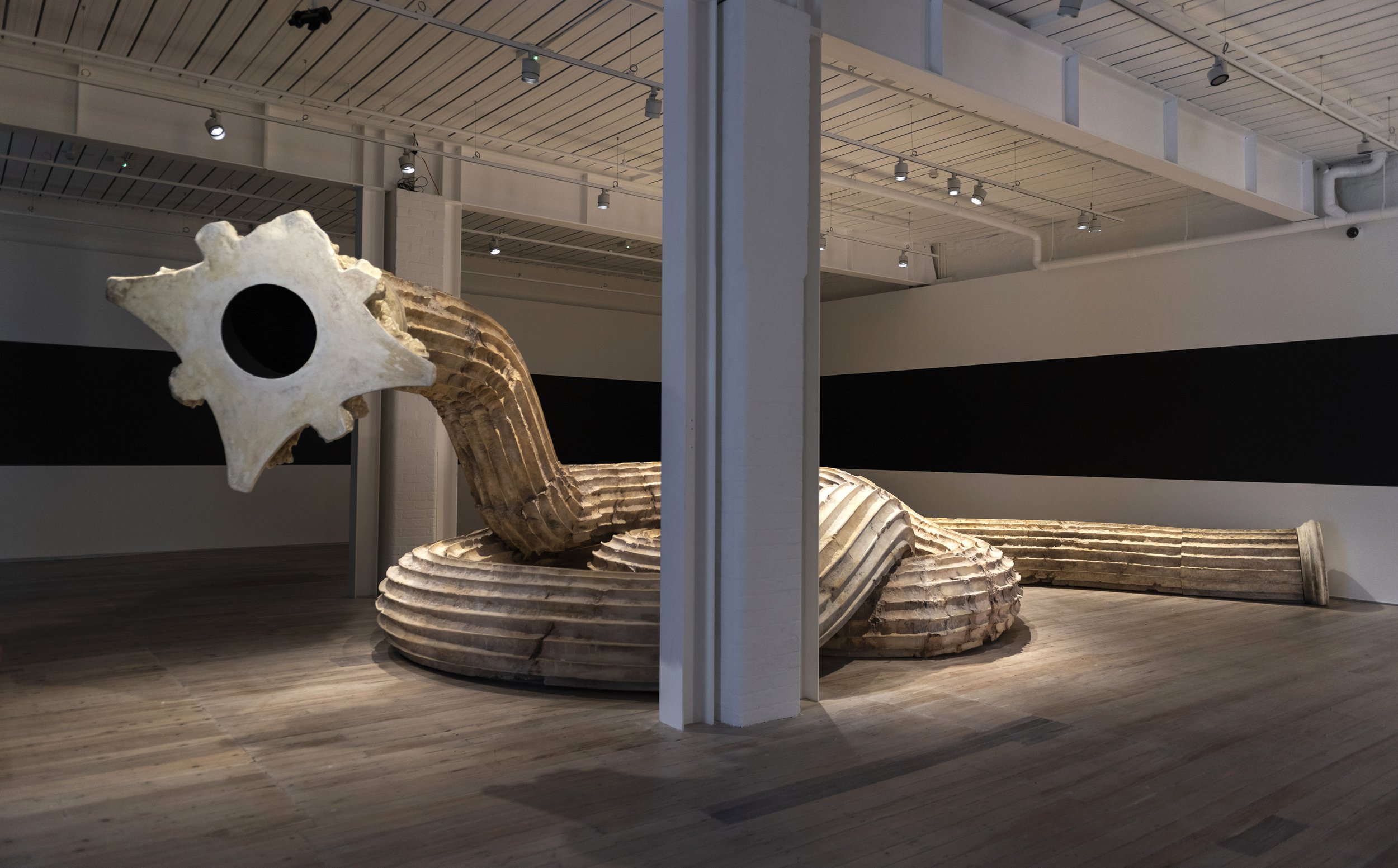Into the warren: White Rabbit’s microcosm of contemporary China
/Philanthropist Judith Neilson opened the White Rabbit Gallery 13 years ago, with 500 works in her collection of contemporary (which she defines as post-2000) Chinese art. Since then, the gallery has grown from an ambitious private project to make a once largely unknown section of art history into one of Sydney’s destination galleries, and the collection itself has now expanded to almost 3000 works.
White Rabbit Gallery reopened to the public in December last year after Sydney’s four-month lockdown with a bang. Titled ‘Big in China’, the exhibition explores the very definition of White Rabbit’s aspirations as both a collection, institution and gallery space.
‘What does it mean to make it big in China?’ curator David Williams asks. According to critic Pi Li (writing in the 2010 book The Big Bang: Contemporary Chinese Art from the White Rabbit Collection), in the space of just 30 years, Chinese artists have gone from underground dissidents to global quasi-celebrities. Today, for a contemporary Chinese artist to make it big in China, talent alone is no longer enough. Rather, the grand narratives of China, the oldest extant civilisation on the planet, and the unique creativity of its leading artists combine to move the nation. Williams takes on a new approach to answer his own question, this time using the overarching idea of global celebrity to tie the works together instead of his usual thematic approach.
‘Big in China’ features the works of 11 artists spread out among the gallery’s four floors. At the entrance, a tunnel invites visitors to participate in an 8-bit video game, where they play as a communist soldier armed with Coca-Cola grenades on a mission to reach the moon – this is Feng Mengbo’s Long March – Restart (2008), a commentary on the scars that the Cultural Revolution has left on contemporary China. Upstairs, Lin Yan’s Sky 2 (2016) leads visitors through a peaceful maze constructed of countless layers of dyed xuan, alluding to the ancient yet enduring Chinese tradition of ink on rice paper.
The second floor is dominated by Xu Zhen’s Hello (2018–19), the robotic serpentine Corinthian column that writhes and twists to greet the audience, most recently displayed at the National Gallery of Australia in Canberra. Finally, the top floor opens to Tang Nannan’s video Faith Mountain (2015) projected on the walls of a circular room. Compared to the video work at the entrance, there is an overwhelming sense of quiet here – viewers are invited to sit in the darkness on cushions and gaze into the infinite and undulating landscape before them.
The ascension from the ground to the third floor becomes a journey in itself – the progression from sensory overload to subversive art histories to pure peace brings insight to how contemporary Chinese artists animate an entire nation in unison. ‘Big in China’ brings out the gems of Neilson’s private collection, leading audiences to reach their own conclusions about what it really takes to succeed in China’s competitive and flourishing art scene.
In a sense, however, this exhibition reads like a series of collection highlights: a microcosmic retrospective gaze into the strongest works the gallery has displayed since 2009. It feels like a finale of sorts: a resolute deep dive that ties the gallery’s past 23 exhibitions together. Perhaps this signals a renaissance for the collection, as a statement that there is a new vision emerging. Or perhaps this is purely a milestone set in place by White Rabbit to mark a point in time in the continuously evolving cultural landscape that is contemporary China.
Zeta Xu, Sydney
Curated by David Williams, ‘Big in China’ is at White Rabbit Gallery, Sydney, until 22 May 2022. Zeta Xu was a 2021 participant in the APPRAISE writing program, a partnership between ACT Writers and Art Monthly Australasia, funded by the ACT Government’s artsACT grants program.






















